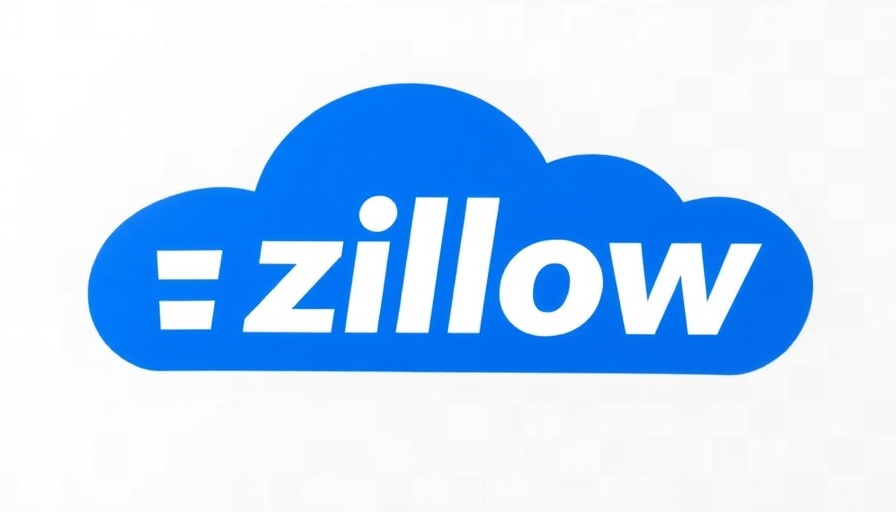
Understanding the Growing Housing Deficit in the U.S.
The U.S. housing deficit has surged to a staggering 4.7 million homes as of 2023, with a recent analysis from Zillow shedding light on this growing concern. In 2023 alone, America saw an increase of 159,000 homes needed, underscoring a significant and continuing challenge in the housing market. Although 1.4 million new homes entered the market last year, this still fell short of the demand generated by 1.8 million newly formed families. The alarming reality is that this deficit remains a core driver behind the escalating affordability crisis affecting many American families today.
The Construction Boom and Its Shortcomings
Despite a construction boom over recent years in response to pandemic demands, these efforts have not been sufficient to address the extensive backlog of underbuilding since the Great Recession. According to Orphe Divounguy, a senior economist at Zillow, the existing construction rates, while helpful in moderating the deficit's growth, are still inadequate for overcoming the entrenched shortfall in available homes. He advises that local governments must consider removing restrictive building regulations to facilitate greater construction of affordable and denser housing options.
Population Growth vs. Housing Availability
The stark contrast between population growth and housing availability is palpable. With 8.1 million families sharing homes with non-relatives, primarily driven by necessity rather than choice, it highlights the deepening logistics of modern living. Many families, particularly millennials, are forced to double up in homes, and their preference for independent living further illustrates the pressing need for affordable housing. This situation exemplifies how personal aspirations clash with economic realities, especially for younger generations facing high living costs.
Current Market Trends: The Affordability Crisis
As of now, mortgage rates have slightly fluctuated but remain high enough that purchasing a home feels out of reach for many. A family earning the median income would have found a typical home affordable back in 2019; today, they'd require a jaw-dropping salary increase of about $17,000 just to match current market demands. This presents a daunting challenge for those striving to break into home ownership.
Insights from the Census Data
Looking at the Census data, the interior of U.S. housing indicates that while 3.4 million homes sit vacant and available for rent or sale, the reality of affordability and accessible housing options still entrenches families in tough living arrangements. It’s crucial to dissect what is preventing these vacancies from becoming occupied homes—generally a mismatch between rental prices and household income.
Future Outlook: Bridging the Deficit Gap
To finally close the housing gap, concerted efforts from all levels of government and private sectors are paramount. Policymakers need to advocate for increased housing density and transparency, making it easier for builders to respond to demographic shifts with timely construction. This strategy could help ease financial pressures on countless households waiting for affordable places to live.
Conclusion: The Path Forward
The escalating housing deficit in the U.S. represents not only a statistical concern but a deeply human issue impacting millions of families. As homeowners, prospective buyers, and renters navigate these challenges, raising awareness and advocating for policy changes that promote affordable housing constructions must become a priority. Understanding the dynamics of this market will equip individuals with the insights necessary to make informed decisions about their living situations, whether they are considering purchasing a home or engaging in community discussions about affordable housing solutions.
 Add Row
Add Row  Add
Add 




Write A Comment